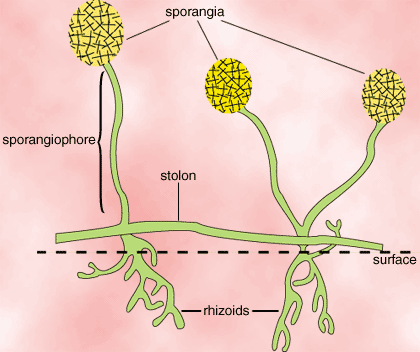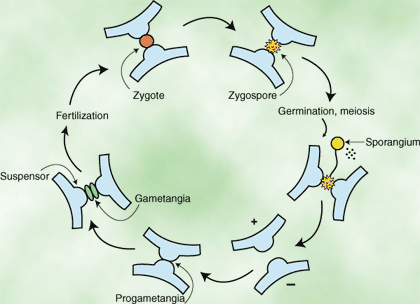Please wait while we process your payment
If you don't see it, please check your spam folder. Sometimes it can end up there.
If you don't see it, please check your spam folder. Sometimes it can end up there.
Please wait while we process your payment
Get instant, ad-free access to our grade-boosting study tools with a 7-day free trial!
Learn more



This site is protected by reCAPTCHA and the Google Privacy Policy and Terms of Service apply.
Create Account
Select Plan
Payment Info
Start 7-Day Free Trial!

Annual
2-49 accounts
$22.49/year + tax
50-99 accounts
$20.99/year + tax
Select Quantity
Price per seat
$29.99 $--.--
Subtotal
$-.--
Want 100 or more? Request a customized plan
You could save over 50%
by choosing an Annual Plan!

SAVE OVER 50%
compared to the monthly price!
| Focused-studying | ||
| PLUS Study Tools | ||
| AP® Test Prep PLUS | ||
| My PLUS Activity | ||
$22.49/month + tax
Save 25%
on 2-49 accounts
$20.99/month + tax
Save 30%
on 50-99 accounts
| Focused-studying | ||
| PLUS Study Tools | ||
| AP® Test Prep PLUS | ||
| My PLUS Activity | ||
No Fear provides access to Shakespeare for students who normally couldn’t (or wouldn’t) read his plays. It’s also a very useful tool when trying to explain Shakespeare’s wordplay!
Erika M.
I tutor high school students in a variety of subjects. Having access to the literature translations helps me to stay informed about the various assignments. Your summaries and translations are invaluable.
Kathy B.
Teaching Shakespeare to today's generation can be challenging. No Fear helps a ton with understanding the crux of the text.
Kay H.
No Fear provides access to Shakespeare for students who normally couldn’t (or wouldn’t) read his plays. It’s also a very useful tool when trying to explain Shakespeare’s wordplay!
Erika M.
I tutor high school students in a variety of subjects. Having access to the literature translations helps me to stay informed about the various assignments. Your summaries and translations are invaluable.
Kathy B.
Teaching Shakespeare to today's generation can be challenging. No Fear helps a ton with understanding the crux of the text.
Kay H.
Create Account
Select Plan
Payment Info
Start 7-Day Free Trial!
You will only be charged after the completion of the 7-day free trial.
If you cancel your account before the free trial is over, you will not be charged.
You will only be charged after the completion of the 7-day free trial. If you cancel your account before the free trial is over, you will not be charged.
Order Summary
Annual
7-day Free Trial
SparkNotes PLUS
$29.99 / year
Annual
Quantity
51
PLUS Group Discount
$29.99 $29.99 / seat
Tax
$0.00
SPARK25
-$1.25
25% Off
Total billed on Nov 7, 2024 after 7-day free trail
$29.99
Total billed
$0.00
Due Today
$0.00
Promo code
This is not a valid promo code
Card Details
By placing your order you agree to our terms of service and privacy policy.
By saving your payment information you allow SparkNotes to charge you for future payments in accordance with their terms.
Powered by stripe
Legal
Google pay.......



Please wait while we process your payment

Sorry, you must enter a valid email address
By entering an email, you agree to our privacy policy.
Please wait while we process your payment

Sorry, you must enter a valid email address
By entering an email, you agree to our privacy policy.
Please wait while we process your payment

Your PLUS subscription has expired
Please wait while we process your payment
Please wait while we process your payment

Zygomycota: The Conjugation Fungi
The Zygomycota, or conjugation fungi, include molds, such as those that invade breads and other food products. The identifying characteristics of the Zygomycota are the formation of a zygospore during sexual reproduction and the lack of hyphal cell walls except in reproductive structures. Many (~100 species) are known plant root symbionts.
The mycelia of Zygomycota are divided into three types of hyphae. The rhizoids reach below the surface and function in food absorbtion. Above the surface, sporangiophores bear the spore-producing sporangia. Groups of rhizoids and sporangiophores are connected above the surface by stolons. Cell walls separating individual cells are absent in all but reproductive structures, allowing cytoplasm and even nuclei to move between cells.

Like all fungi, Basidiomycota can undergo both asexual and sexual reproduction. Asexual reproduction in Zygomycota is similar to that in other types of fungi, while sexual reproduction bears some similarity to that in Ascomycota.
Asexual reproduction in Zygomycota varies greatly among orders and species. Spores may be formed by the separation and thickening of hyphal cells. They may also be produced in specialized organs, whose structure is also widely varied.

Like Ascomycota, some Zygomycota have two mating types, though individual species may only have one mating type. When hyphae from opposite mating types meet, they produce structures called progametangia that are dense and multinucleate. Cell walls form to separate the tips of the progametangia into gametangia, which continue to be attached to the mating hyphae by the remaining suspensors. Plasmogamy then occurs between the two gametangia to form a zygote. Next, karyogamy takes place within the zygote. The cell walls of the zygote are thin at first, but later thicken into a zygospore. Germination begins when the diploid nucleus undergoes meiosis and a sporangium develops at the end of a germ tube. Spores are produced within the sporangium.
Please wait while we process your payment





